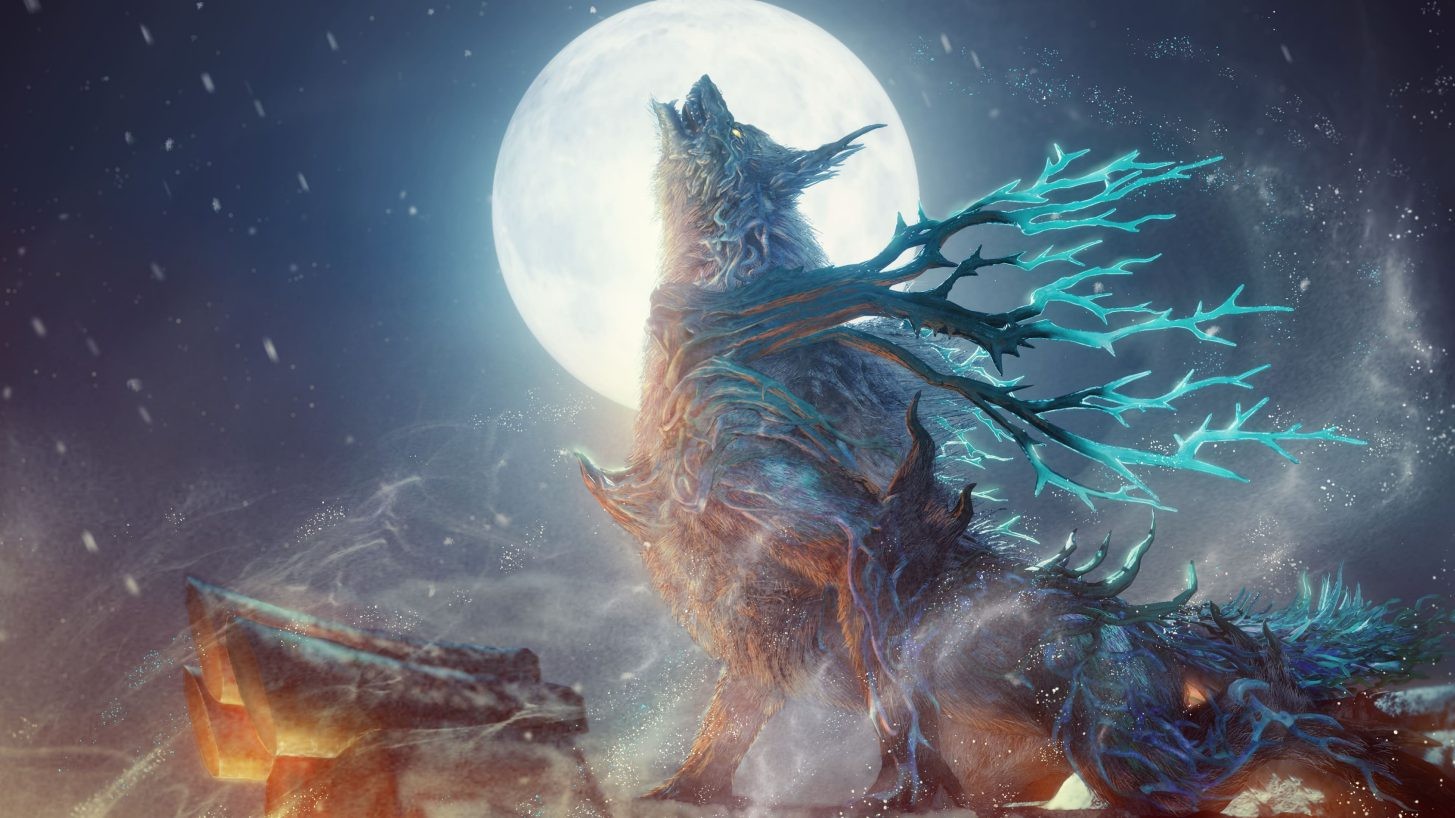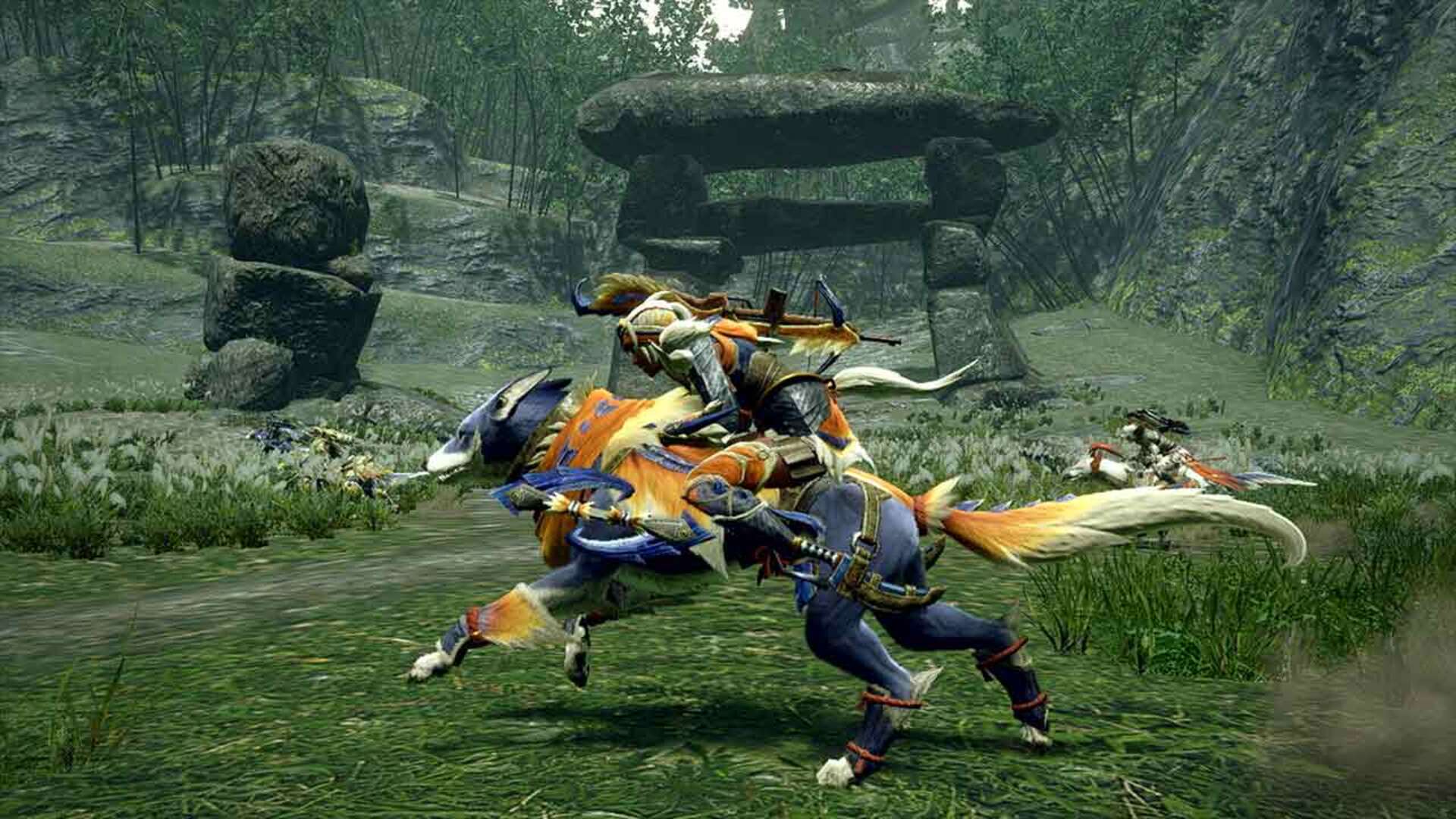
You’d be forgiven if the elevator pitch for Wild Hearts didn’t fill you with the utmost confidence. A Monster Hunter-like from Omega Force (developers of the decades-running Warriors franchise) certainly wasn’t a project I’d have put on my bingo card. Yet here we are, well into 2023, with Wild Hearts being one of my surprise favorites of the year so far.
That’s not to discredit the talent Omega Force has within its ranks. There’s plenty of excellent Warriors titles (Hyrule Warriors, Dragon Quest Heroes and Warriors Orochi 3 spring to mind). And the developer arguably penned the blueprints for the cover shooter subgenre with its turn-of-the-century N64 and PS2 cult hit WinBack: Covert Operations.
Now, with Wild Hearts, Omega Force has once again demonstrated it’s still plenty capable of shaking up genres with fresh ideas. The hunting subgenre, in this case, has long been dominated by Capcom’s Monster Hunter series. And for good reason.
Others in the genre, like the excellent free-to-play Dauntless and the God Eater series, have managed to carve out respectable communities of their own. But none have quite been able to match the quality and consistency of Capcom’s best-selling franchise. By no means do I think that Wild Hearts has dethroned Monster Hunter, but it could definitely stand to take a leaf from Omega Force’s book.
Wild mobility

Wild Hearts wastes little time in introducing you to the mechanic that sets itself apart from Monster Hunter, and that’s the Karakuri system. Karakuri is what transforms your hunter into an acrobatic menace. And it’s no gimmick, either; without it, you’re going to struggle to topple Wild Hearts’ hard-hitting monsters. Especially as your hunter is effectively a glass cannon.
With Karakuri, you’re able to instantaneously build gadgets such as boxes, springboards, gliders, and all manner of quick-use tools to supplement your playstyle. It’s to Wild Hearts what the Clutch Claw or Wirebugs are to Monster Hunter World: Iceborne and Monster Hunter Rise respectively; ancillary mobility tools that makes the game’s combat trenches deeper.
Yet even as you gradually unlock more Karakuri devices as your main quest progresses, Wild Hearts features something that Monster Hunter Rise lacks until you’re deep into the endgame: consistently challenging gameplay.
Sign up for breaking news, reviews, opinion, top tech deals, and more.
Very few monsters (or kemono) in Wild Hearts are pushovers with the exception of the initial tutorial-esque creatures. A single thump from the towering Lavaback, or a well-timed stampede from a colossal Kingtusk is all it takes to shift the encounter firmly in the monster’s favor. Healing time is just lengthy enough to have you grimacing, and without Rise’s canine Palamutes to whisk you off to safety, Wild Hearts’ enormous kemono are keen to remind you that you’re in their territory and not the other way around.
Get carted

Monster Hunter Rise is certainly an excellent game, there’s no denying that. But with the series’ survival and foraging elements streamlined in comparison to prior entries, and with the sheer amount of ludicrous mobility afforded by Palamutes and Wirebugs, Rise drifts dangerously close to becoming a power fantasy.
That freedom of movement can be a joy in itself, but for me, I prefer my Monster Hunter when my back’s against the wall. In Rise, even the series’ most terrifying monsters like Rajang, Gore Magala, Bezelgeuse and Teostra struggle to keep up with my hunter’s Wirebug-enhanced reflexes. Granted, this changes when squaring up against lategame monsters like Crimson Glow Valstrax and Astalos, but it sure takes some time and patience to get that far.
Monster Hunter Rise drifts dangerously close to becoming a power fantasy.
In contrast, Wild Hearts’ combat has substantially more weight to it. Even when using a weapon that lends itself well to agility, like the parry-focused Bladed Wagasa or Attack on Titan-esque Claw Blade, large kemono still have little trouble swatting you like a fly. It’s a refreshing level of difficulty that I feel was lacking for the majority of Monster Hunter Rise.
With that said, Wild Hearts isn’t necessarily better than Monster Hunter Rise. Omega Force’s effort to this day suffers from worrying performance issues, and some dodgy animations and hitboxes that simply aren’t a thing in Capcom’s series. However, Rise’s mobility tools often feel like get-out-of-jail-free cards where, in previous entries, I’d much more easily be carted back to camp to lick my wounds.
Shaping up

I’m not saying the next big-budget RE Engine Monster Hunter game should lift wholesale from Wild Hearts. The EA-published game is doing its own thing quite successfully, and has an identity all its own. However, what I would like to see from Monster Hunter is something similar to Wild Hearts’ approach to difficulty.
Wild Hearts is a tough game, but Karakuri – its marquee mobility feature – does not trivialize your hunts. It instead encourages players to be creative about their approach; different combinations of Karakuri work better against certain monsters. In Rise, Wirebugs are a one-size-fits-all means of both combat and evasion. Wirebugs are fun, but shockingly easy to master.
I’d love a similarly robust mobility feature in the next Monster Hunter. One that emphasizes player expression without almost entirely nullifying the threats presented by its legendary monsters. Wild Hearts has shown just how robust the hunting subgenre can be. And Monster Hunter can confidently stay on top if Capcom chooses to innovate in similar fashion.

Rhys is TRG's Hardware Editor, and has been part of the TechRadar team for over four years. Particularly passionate about high-quality third-party controllers and headsets, Rhys strives to provide easy-to-read, informative coverage on gaming hardware of all kinds. As for the games themselves, Rhys is especially keen on fighting and racing games, as well as soulslikes and RPGs.